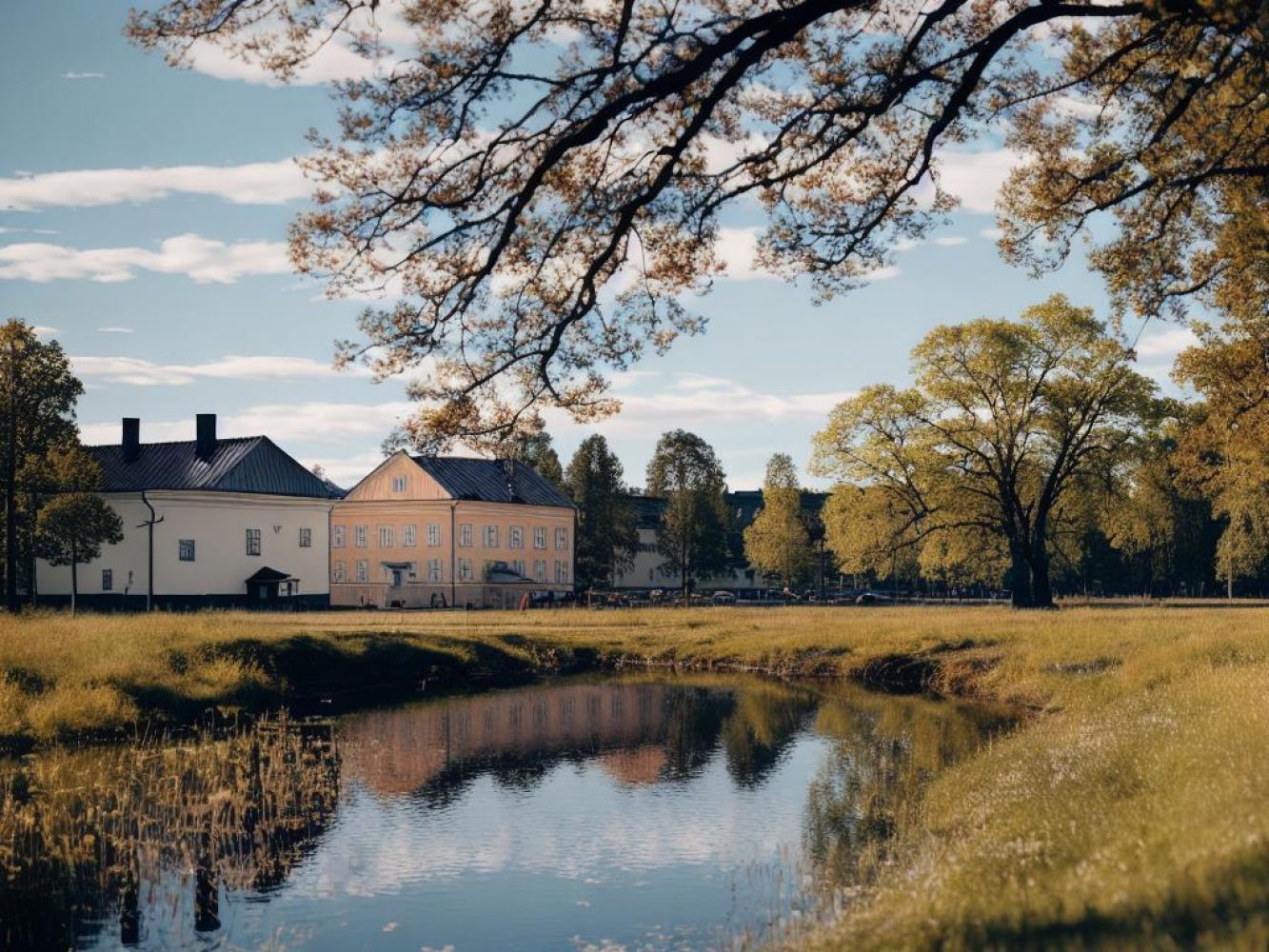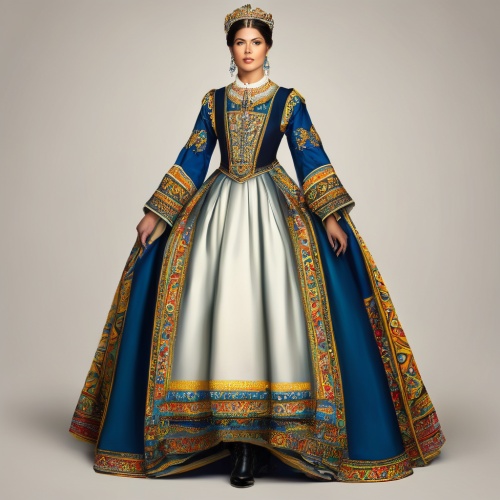Understand
Arboga is more than just a quiet town with a population of around 12,000. Its medieval character and well-preserved cobblestone streets make it a truly beautiful and charming destination. As you stroll along Vsterlnggatan, the riverside street lined with historic wooden houses, you can't help but feel the echoes of the past. This street has been trodden by the feet of locals and travelers throughout the ages, offering a glimpse into the rich history of this town. In the 13th Century, Arboga experienced an exciting period when the Franciscan monks settled here. Known as the Grbrderna, or the grey brotherhood, these monks played a vital role in the community's development. They built a monastery that later became the church of the Holy Trinity, leaving a lasting impact on the town. The monks were not only spiritual leaders but also caregivers, tending to the poor, the sick, and educating children in reading. Legends of secret underground passages used by the monks still intrigue visitors today. Arboga was once an influential hub during the Middle Ages due to its strategic location on the Arboga River. The town thrived as a trade route to Stockholm and the rest of the world, particularly in the iron ore trade. Ladbron served as the place to weigh and store this valuable commodity. Although the trade route was later discontinued with the construction of the Hjlmar Canal, the positive effects of the new canal continued to shape Arboga's destiny. This town was not only a bustling trade center but also witnessed significant historical events. In 1435, the first assembly of the Swedish parliament, led by Engelbrekt, took place here. Furthermore, it was once a residence for monarchs, including Gustav Vasa and his daughter, Cecilia. Cecilia later became Countess Cecilia of Arboga and lived in the church building known as Helge And, which eventually transformed into the town hall that stands to this day.
Map & Climate
Popular Foods
 Swedish Meatballs (Köttbullar) - These savory meatballs are made primarily of ground beef, onions, breadcrumbs, egg, milk, and seasonings. They are typically served with a creamy sauce and mashed potatoes, accompanied by lingonberry jam or pickled vegetables for added tanginess.
Swedish Meatballs (Köttbullar) - These savory meatballs are made primarily of ground beef, onions, breadcrumbs, egg, milk, and seasonings. They are typically served with a creamy sauce and mashed potatoes, accompanied by lingonberry jam or pickled vegetables for added tanginess.  Gravlax (Gravad Lax) - This dish consists of raw salmon fillet cured in a mixture of sugar, salt, dill, and sometimes vodka or aquavit. The flavors meld together over several days, resulting in a delicate, firm texture with a slightly sweet and salty taste. It's often served with mustard sauce, boiled potatoes, and sour cream or caviar for special occasions.
Gravlax (Gravad Lax) - This dish consists of raw salmon fillet cured in a mixture of sugar, salt, dill, and sometimes vodka or aquavit. The flavors meld together over several days, resulting in a delicate, firm texture with a slightly sweet and salty taste. It's often served with mustard sauce, boiled potatoes, and sour cream or caviar for special occasions.  Cinnamon Rolls (Kanelbullar) - These sweet pastries feature enriched dough rolled out and swirled with a filling of cinnamon, sugar, and butter before being baked until golden brown. They can be enjoyed naked or glazed with a simple powdered sugar glaze or an indulgent cream cheese frosting. Enjoy them fresh from the oven for a warm, sticky, and sweet treat.
Cinnamon Rolls (Kanelbullar) - These sweet pastries feature enriched dough rolled out and swirled with a filling of cinnamon, sugar, and butter before being baked until golden brown. They can be enjoyed naked or glazed with a simple powdered sugar glaze or an indulgent cream cheese frosting. Enjoy them fresh from the oven for a warm, sticky, and sweet treat. 




Comments
NO COMMENTS